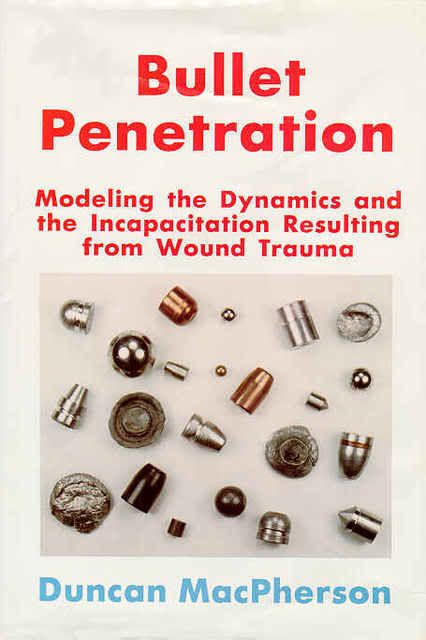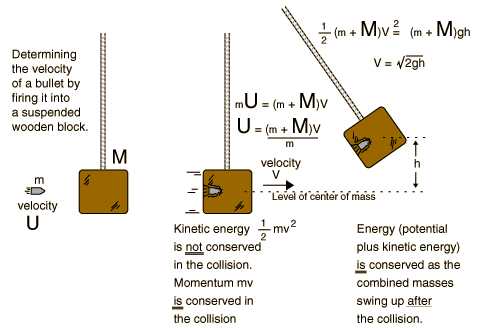MAJOR MISCONCEPTIONS
1. Idolatry of Velocity:
A widespread dogma claims that wounds caused by
"high-velocity" projectiles must be treated by extensive
excision of tissue around the missile path (34-40),
whereas those caused by 'low-velocity" missiles need
little or no treatment (41, 42). Two half-truths nurture
this error. The first of these, *Cavitation is a
ballistic phenomenon associated with very high velocity
missiles" (7), is easily disproved. The wound profile in
Fig 1 shows a very substantial temporary cavity produced
by a "low-velocity" bullet. This bullet, fired from the
Vetterli rifle at 1357 ft/s (414 m/s), has ballistic
characteristics typical of those used by military forces
in the latter half of the nineteenth century. It is the
same bullet used by Theodor Kocher for most of his wound
ballistics studies (23-27). It is obvious from this wound
profile that temporary cavitation is not, as popularly
belivved, a modern phenomenon associated exclusively with
projectiles of "high velocity.'















 Reply With Quote
Reply With Quote
















